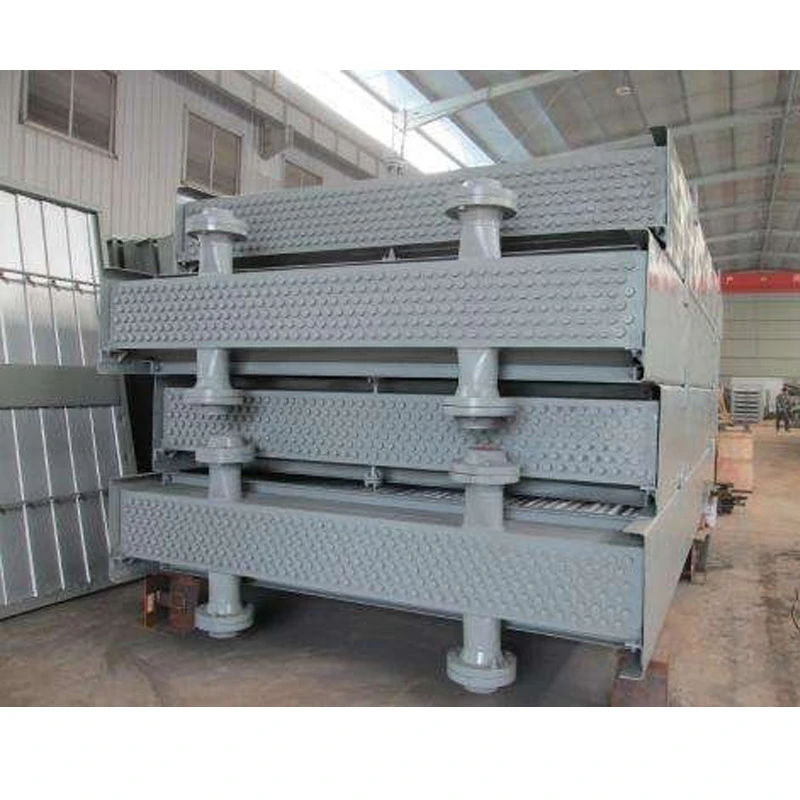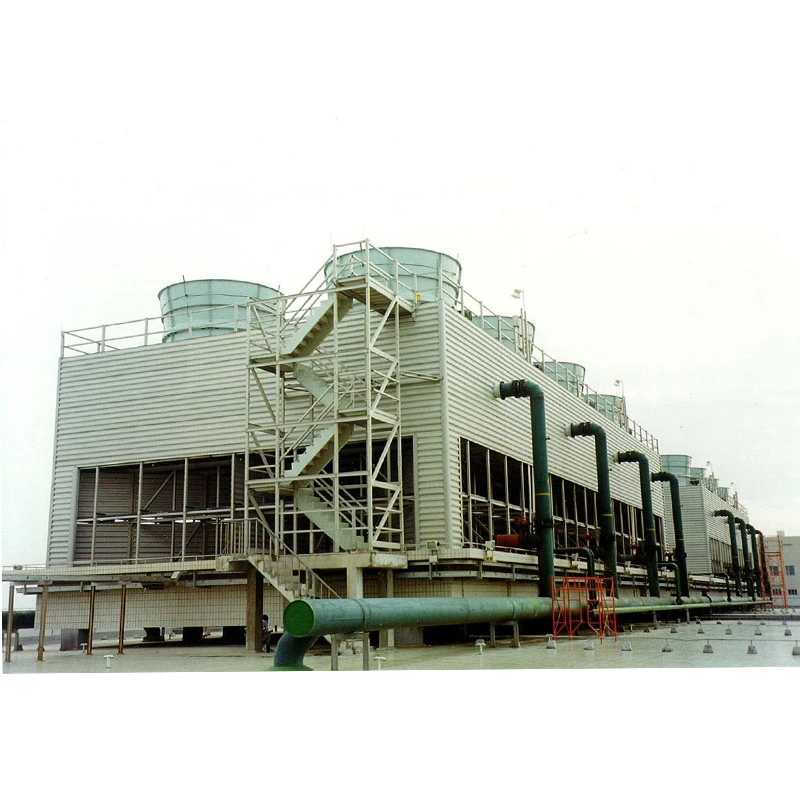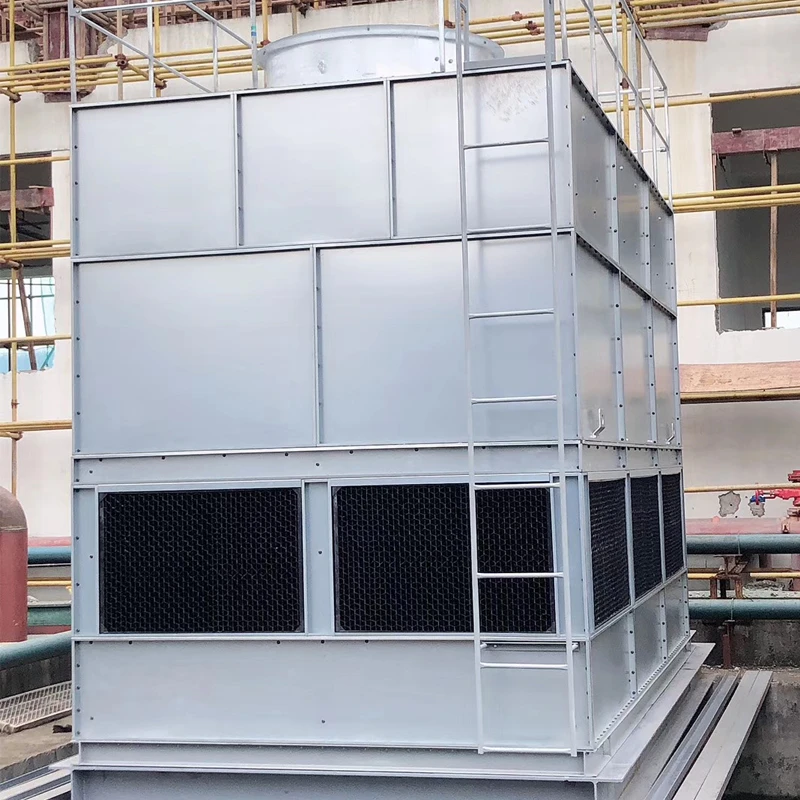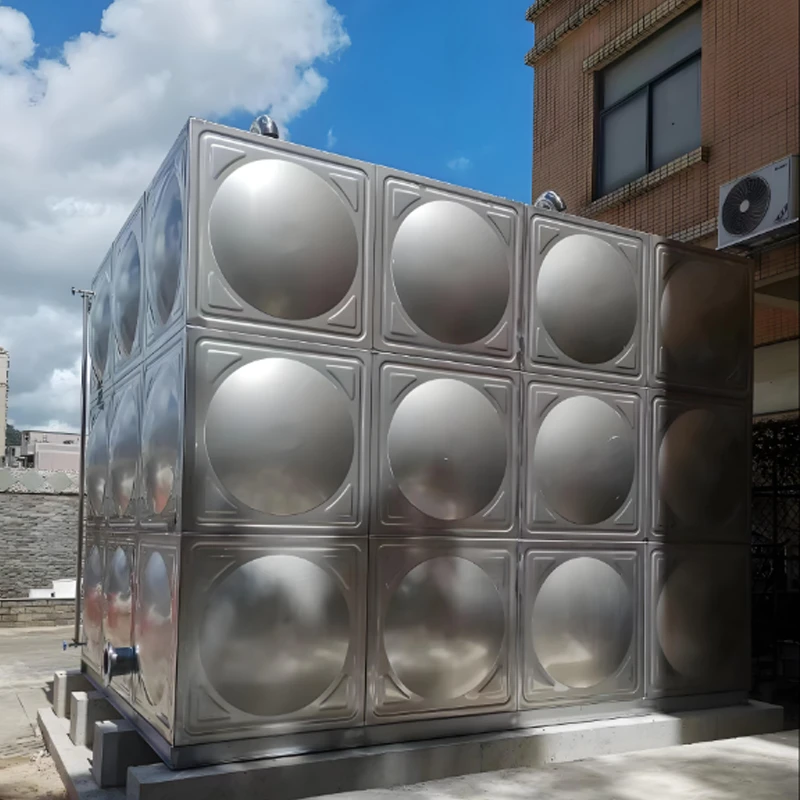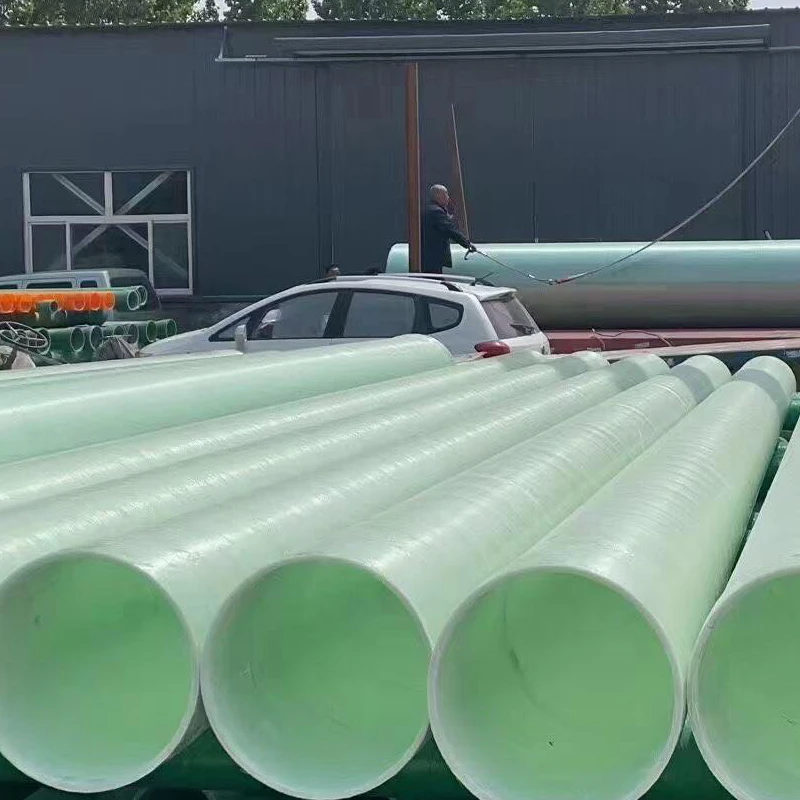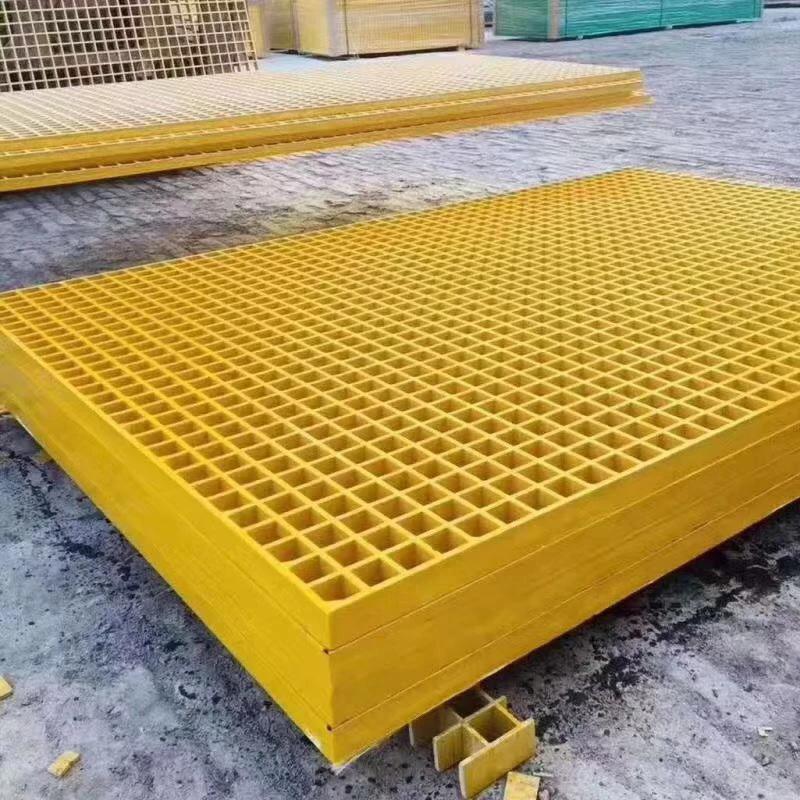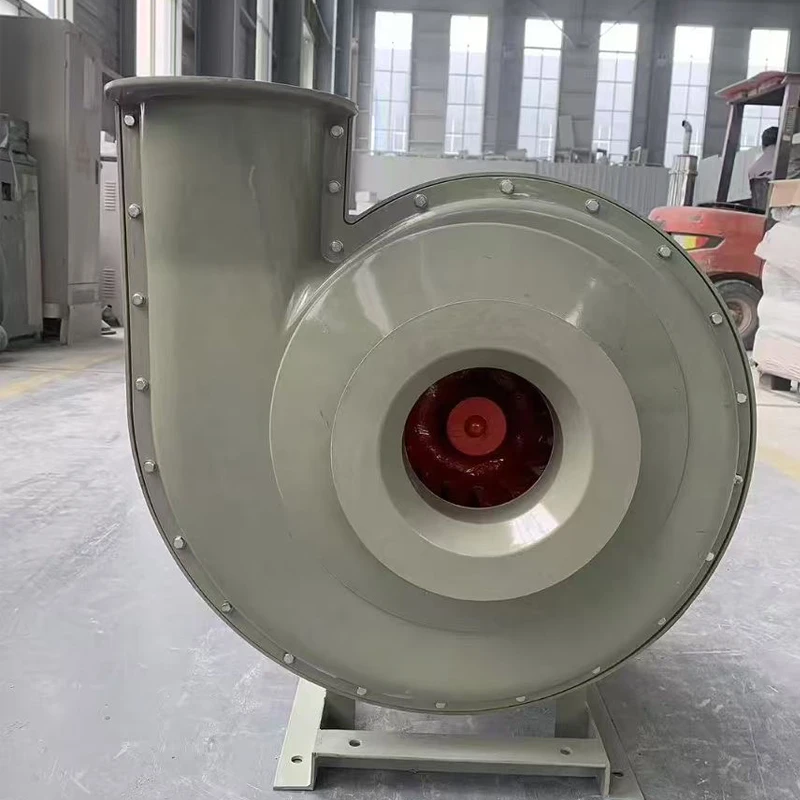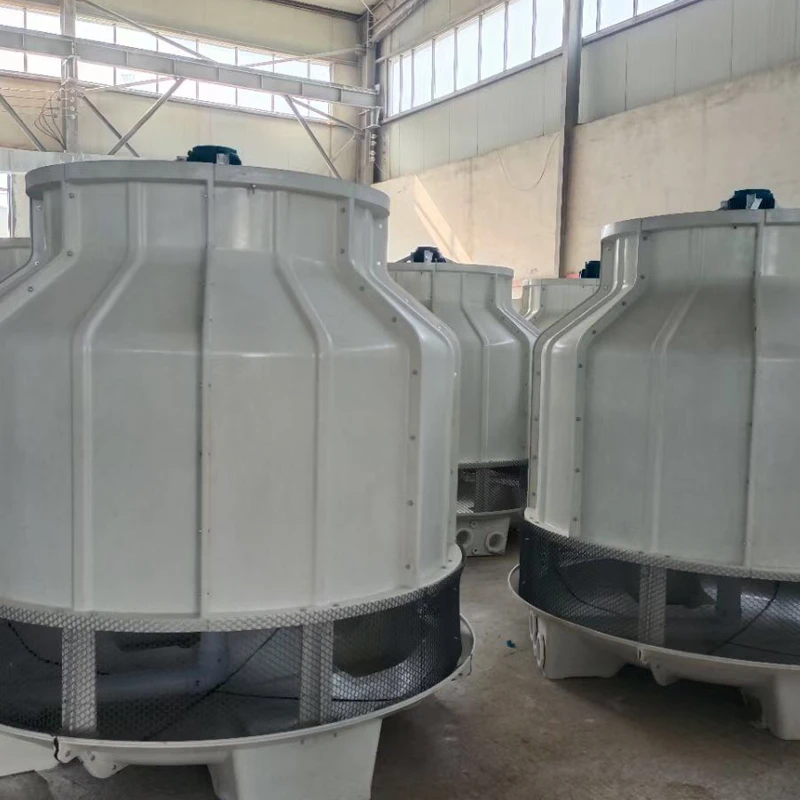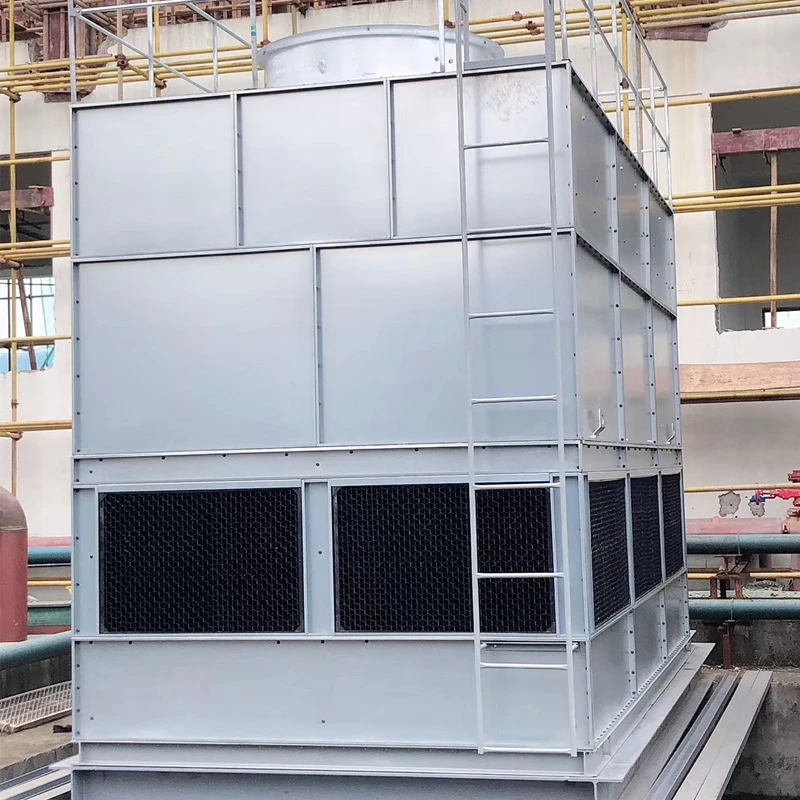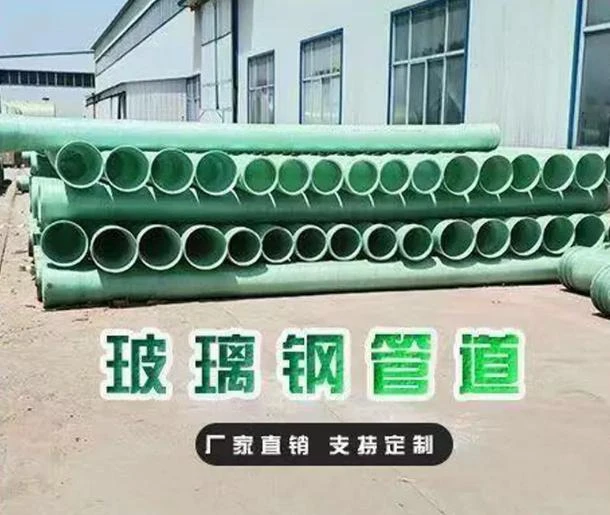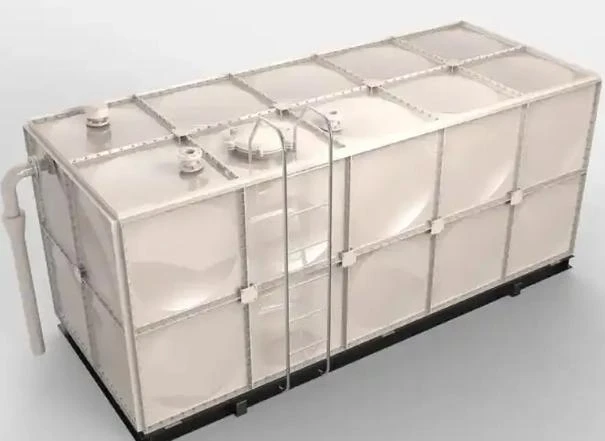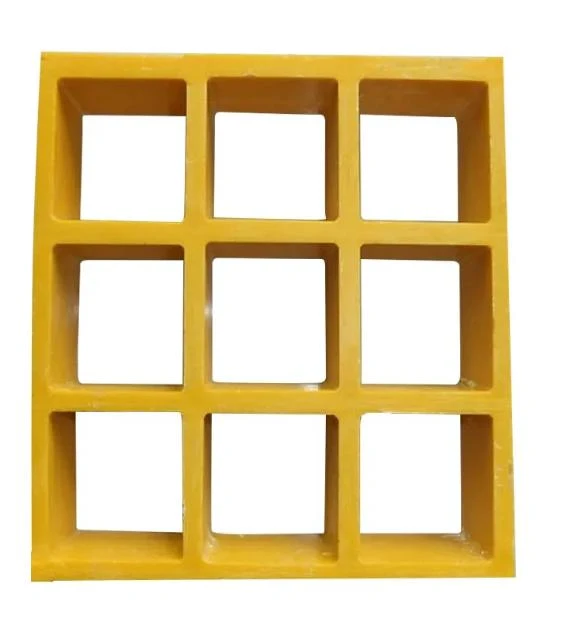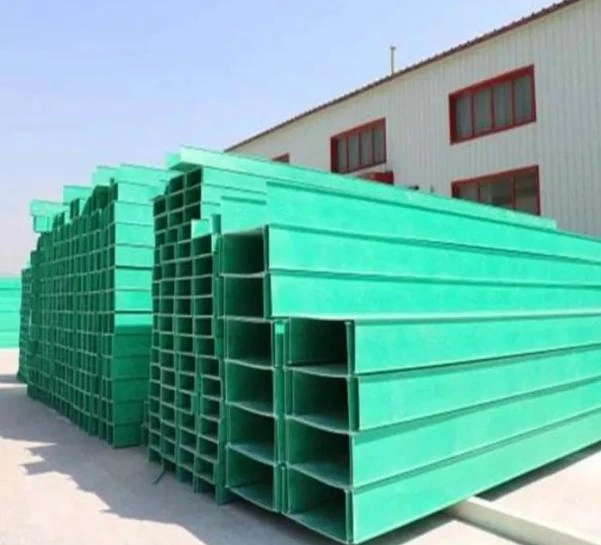

We Are Open 24 Hours a Day, 7 Days a Week, Including Weekends and Public Holidays.
Comprehensive Guide to frp tank for hcl storage, Hydrochloric Acid Poly Tank, Muriatic Acid Storage Container – Technology, Customization, and Industry-Leading Performance
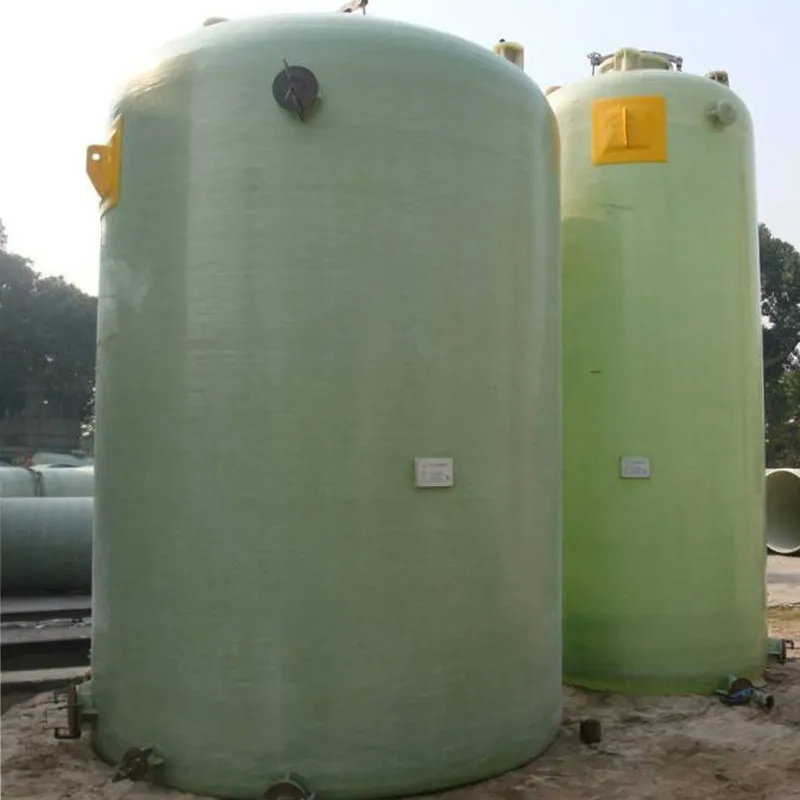
Industry Trends: The Rising Demand for Safe HCL Storage Solutions
Hydrochloric acid (HCL) is a cornerstone chemical across various sectors, from petrochemical and metallurgy to water treatment and pharmaceuticals. The global hydrochloric acid market is projected to reach USD 13.4 billion by 2028 (MarketsandMarkets), fueling demand for advanced and reliable frp tank for hcl storage solutions. Traditional steel or polyethylene tanks, though widely used, often underperform in severe corrosive environments, leading to safety risks, increased maintenance, and lifecycle costs.
Fiberglass Reinforced Plastic (FRP) tanks are rapidly gaining market share in HCL containment, offering superior corrosion resistance, greater design flexibility, and lower overall costs—making them the preferred hydrochloric acid poly tank solution for next-generation chemical storage.
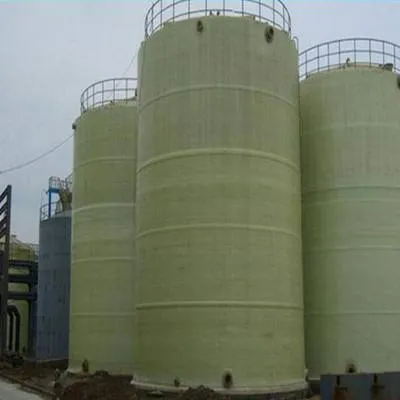
Core Technological Advantages of FRP Hydrochloric Acid Storage Tanks
- Superior Corrosion Resistance: Resin-rich layers and glass fiber reinforcements eliminate risk of rust or acid-induced pitting—a common failure in steel.
- Customized Design: Tailored solutions for diameter (1m–25m), height (2m–30m), thickness, and fittings, supporting vertical, horizontal, and rectangular configurations.
- Extended Service Life: Typical operation of 25+ years under constant HCL exposure, backed by ISO 9001:2015 and ASME RTP-1 manufacturing standards.
- Reduced Maintenance: Minimal requirements versus PE/steel, as FRP’s non-porous structure wards off buildup and leakage.
- Cost Efficiency: Lower lifecycle and installation costs owing to modularity and light weight—reducing site prep and cranage needs.
- Compliance: Meets strict international standards (ISO, ANSI, FDA) and OSHA safety specifications for chemical containment.
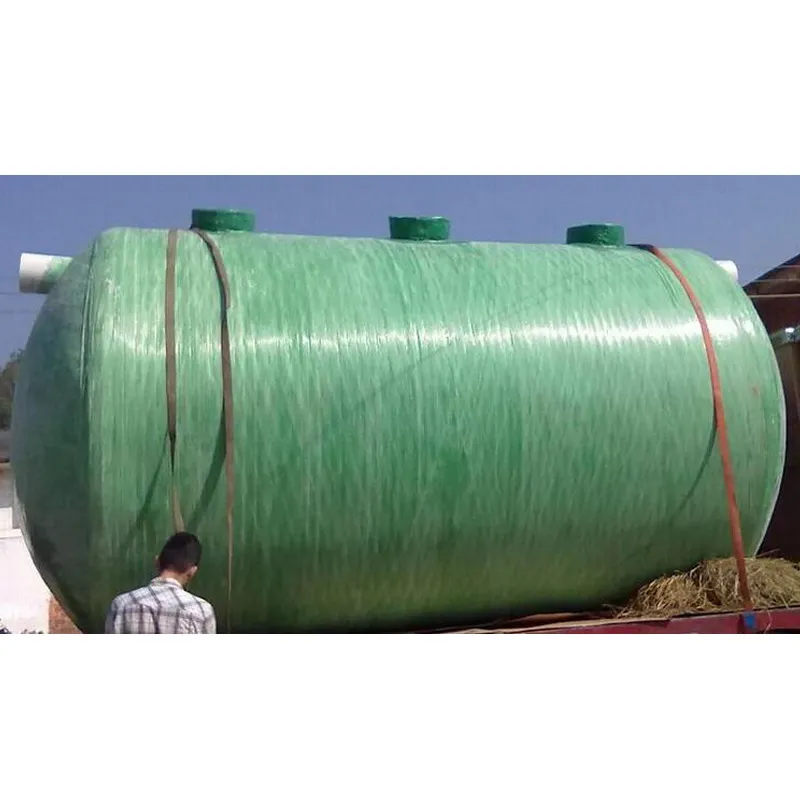
Technological Parameters Comparison
| Parameter | FRP Tank for HCL Storage | HDPE Tank | Carbon Steel Tank (Lined) |
|---|---|---|---|
| Max. HCL Concentration | Up to 37% | Up to 30% | Up to 35% |
| Corrosion Resistance | Excellent (ISO 14692 certified) | Good | Medium (depends on liner) |
| Service Life (years) | 20-30 | 8-15 | 10-15 |
| Operating Temperature | -40°C to +120°C | -20°C to +60°C | -20°C to +60°C |
| Installation Weight | Lightweight | Lightweight | Heavy |
| Maintenance Cost | Low | Low | High |
| Modularity | Excellent | Good | Poor |
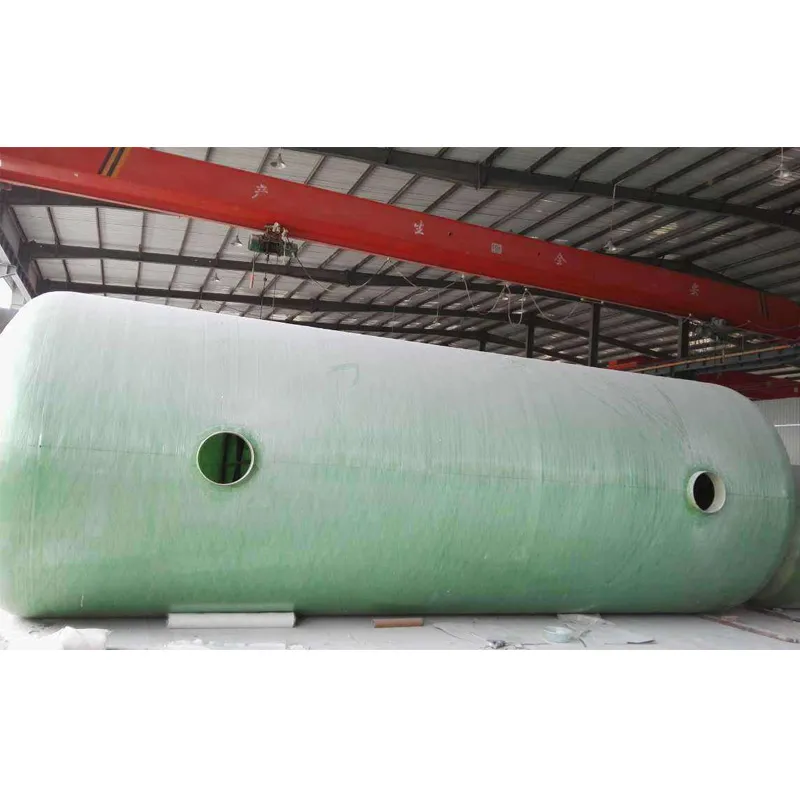
Visualizing the Numbers: Technical Specification Charts
FRP Tanks outperform alternatives in service life, maintenance cost, and chemical compatibility.
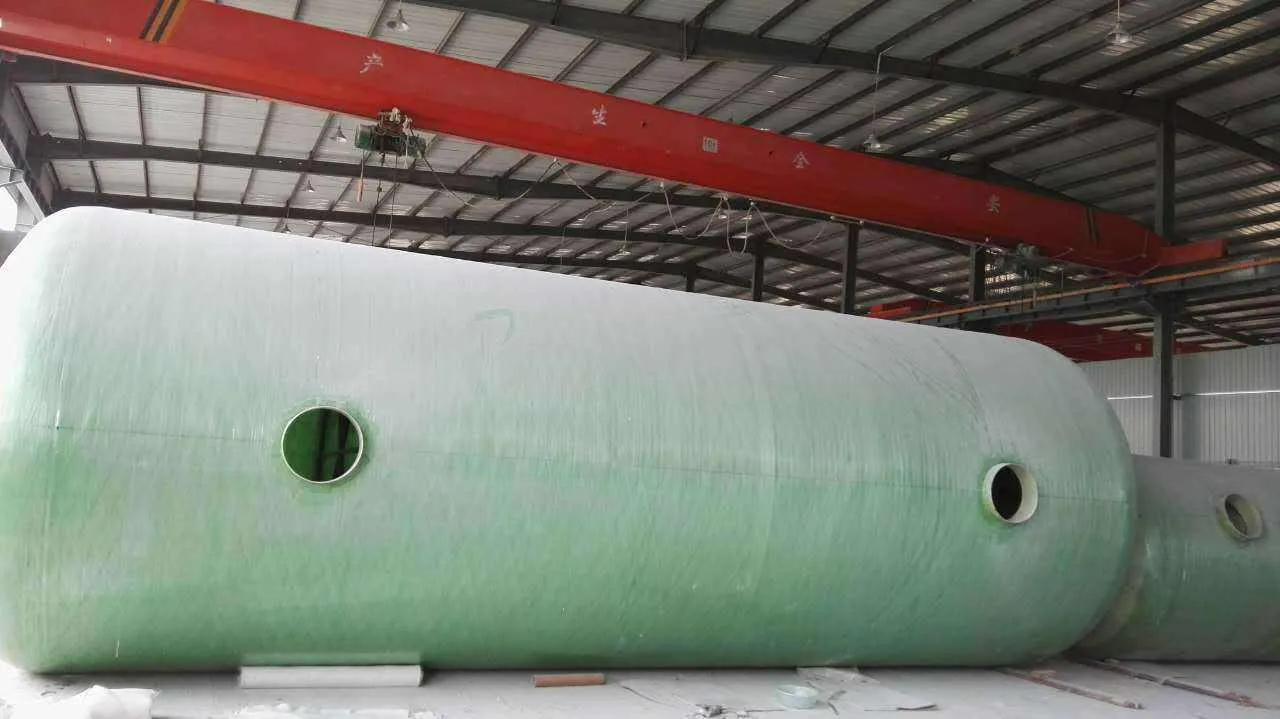
Manufacturing Process: How the FRP Tank for HCL Storage Is Made
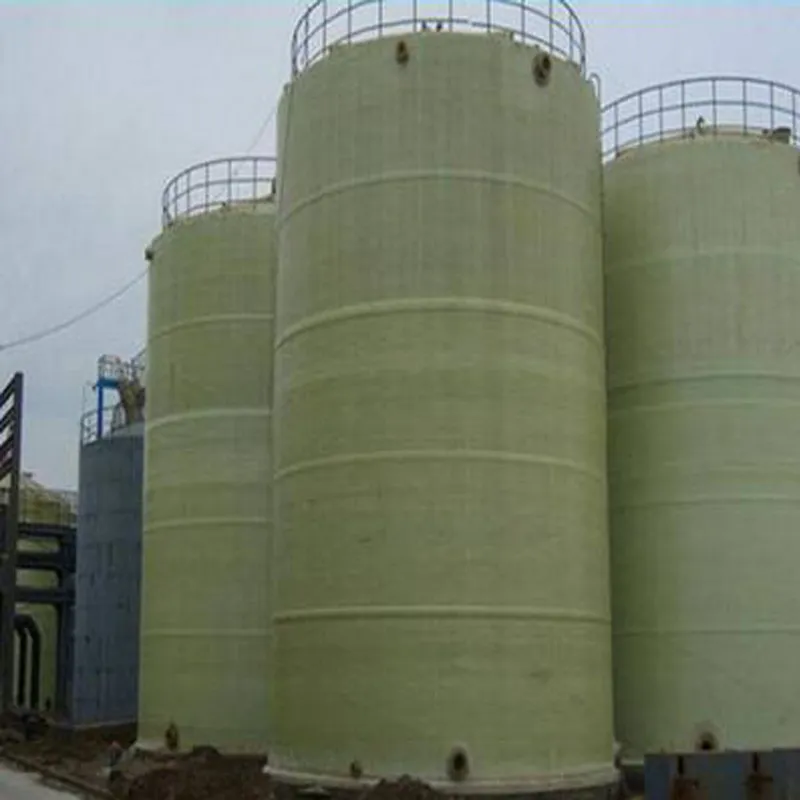
- Materials: Vinylester or epoxy-based resins + multi-layer alkali-free glass fiber mat, inner chemical barrier lining, and outer anti-aging layer.
- Techniques: Filament winding (computer-controlled for consistency, up to 60° fiber angle), hand lay-up for complex or reinforced zones; optional CNC trimming for flange openings.
- Testing: Per ISO14692, ASTM D3299: hydrostatic, mechanical (compression, tensile), leak, spark, and visual inspections.
- Certifications: ISO 9001:2015, ANSI, FDA-compliant resin for food/pharma, or custom local codes.
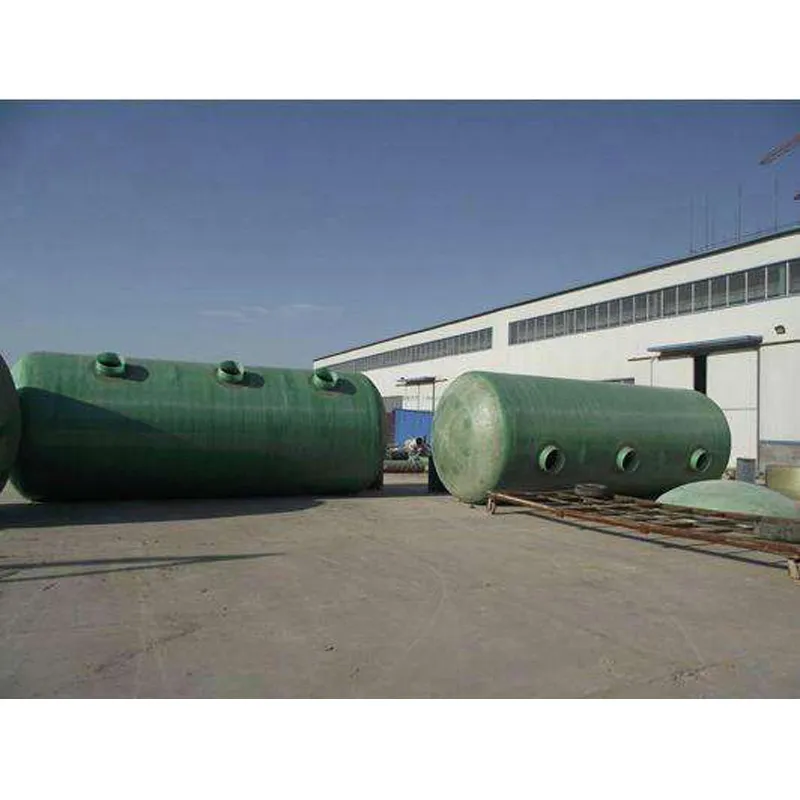
Key Specifications of FRP Hydrochloric Acid Storage Tank
| Parameter | Typical Value | Standard/Note |
|---|---|---|
| Diameter | 1,000–25,000 mm | Customizable |
| Height | 2,000–30,000 mm | Site-specific |
| Wall Thickness | 8–42 mm (min. for HCL) | ASME RTP-1 |
| Operating Pressure | Atmospheric/Near-ATM | ISO14692 |
| Allowed HCL Concentration | ≤37% | @ ambient T |
| Service Temperature | -40°C ~ +120°C | ISO14692/ASTM D3299 |
| Manhole/Nozzle Sizes | DN200–DN1200 mm | Custom design |
| Anti-UV/Anti-Aging | Outer UV-resistant Layer | ISO 4892 |
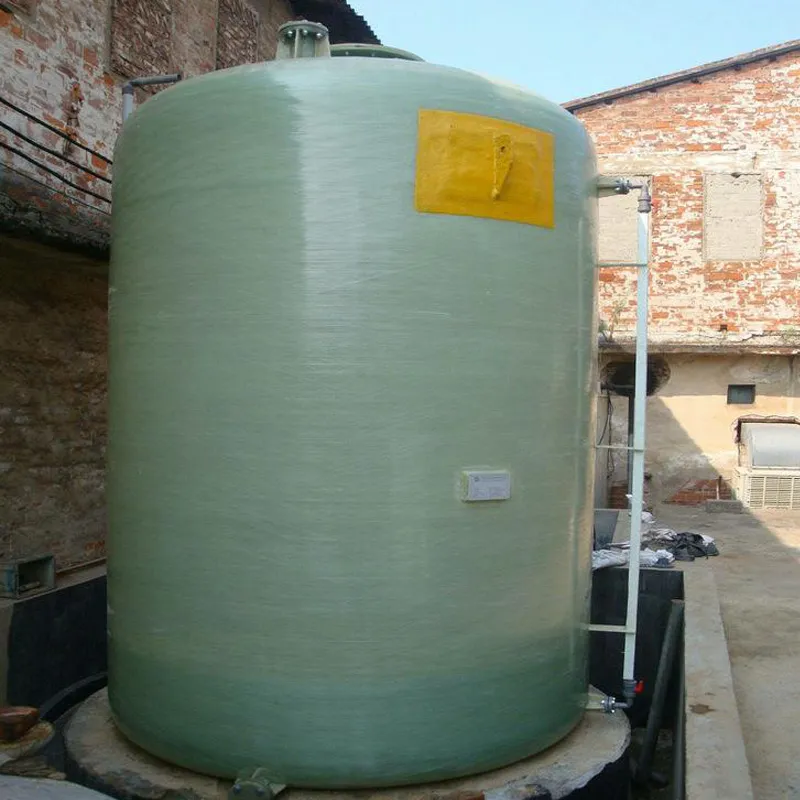
Industry Applications & Typical Use Cases
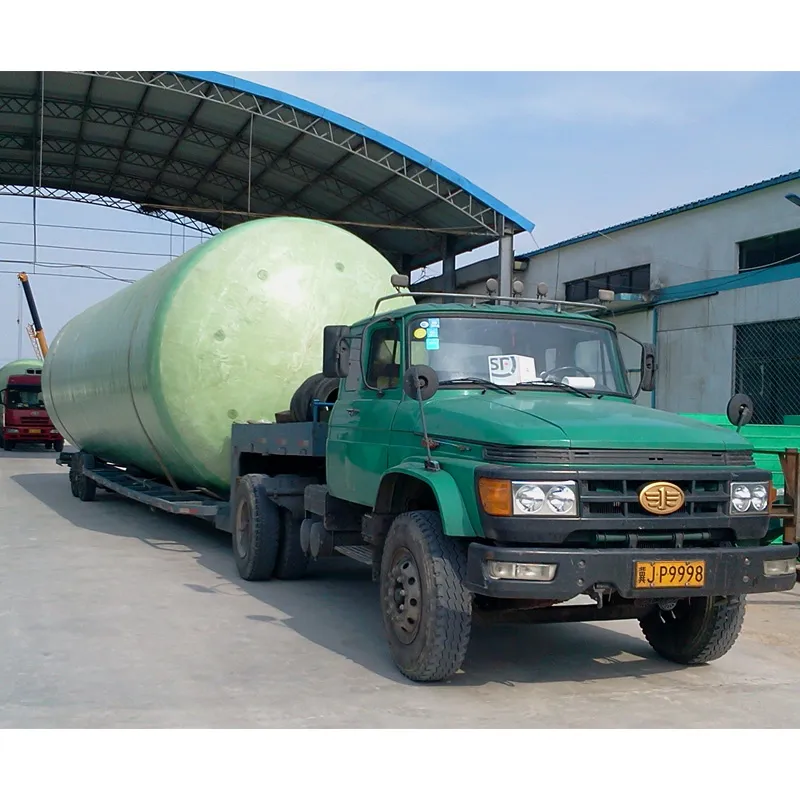
Petrochemical Industry
- Bulk storage of raw hydrochloric acid for resin production, oil refining, and catalyst regeneration plants.
- Chosen for its reduced site maintenance and 24/7 uptime ability—industry reports note a 38% decrease in HCL leaks vs steel tanks (Source: PetroChem Standards, 2022).
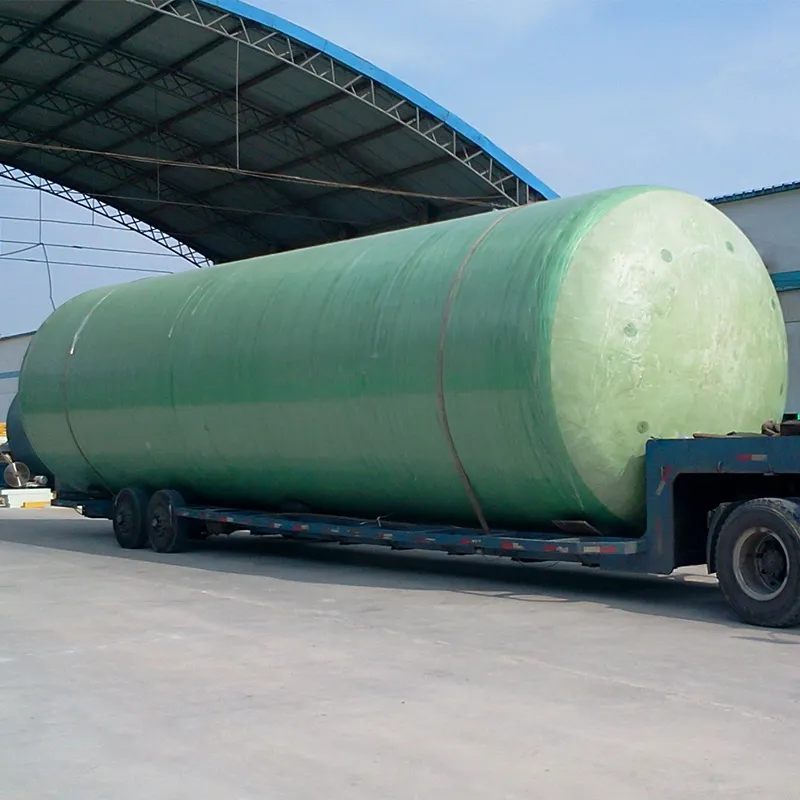
Metallurgy & Steel Pickling
- Used for HCL pickling baths and acid regenerators.
- FRP’s durability ensures reduced downtime and maximized plant yield compared to muriatic acid storage container111 in traditional materials.
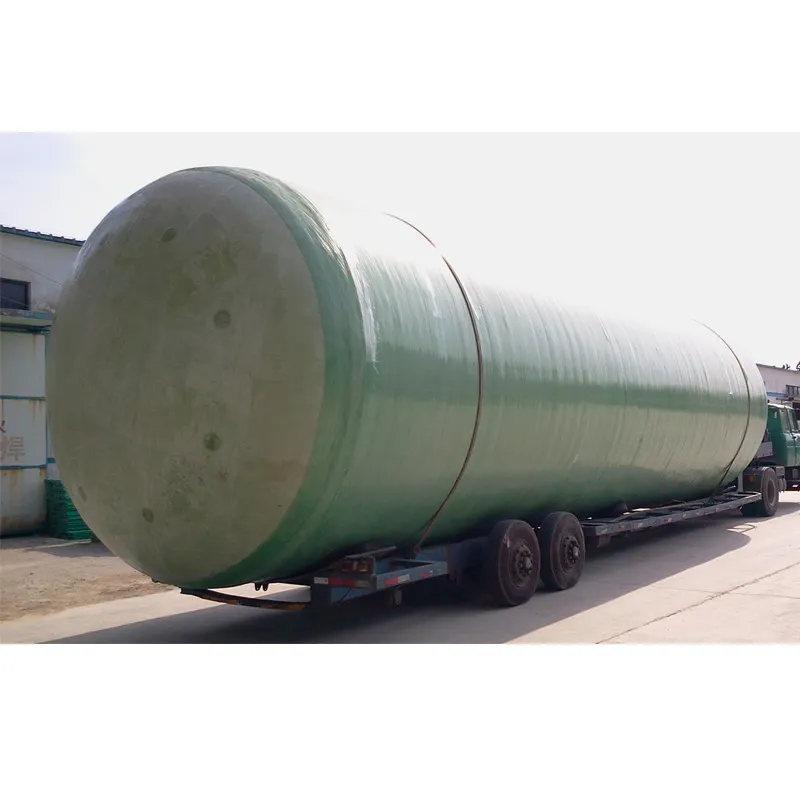
Water Treatment & Municipal
- Acid dosing, neutralization tanks, and effluent pH control—ensures long service life and minimal risk of chemical escape.
- Up to 20,000+ m³ tank systems deployed in global municipal and industrial facilities (WaterOnline 2023).

FRP Tank Manufacturer Comparison
| Criteria | LongXuanFRP (China) | Rochling (Germany) | Plas-Tanks (USA) |
|---|---|---|---|
| Years in Market | 20+ | 150+ | 45 |
| Main Standard | ISO14692, ASME RTP-1 | ISO14692, DIN 18820 | ASTM D3299 |
| Max Tank Dia. | 25m | 20m | 18m |
| Application Range | HCL, H2SO4, mixed acids | Wide: acids, alkali | Acids, municipal |
| Global Customer Base | Asia, Europe, Africa, Americas | Europe, US, ME | North America |
| Customization | Flexible: size, lining, accessories | High | Medium |
| Average Lead Time | 25-40 days | 45-70 days | 40-60 days |
LongXuanFRP is recognized as a leading hcl tank manufacturer with 20+ years of focused experience, export to 31+ countries, robust ISO/ASME-compliant QA system, and proven project results in high-risk HCL storage environments.

Custom Design & Engineering for FRP HCL Tanks
- Design calculated to specific HCL concentration, wind/seismic load, and operational needs (using FEA software/by international standards).
- Optional features: PVC/PP inner lining, heating/cooling coils, multi-zone sensors, external anti-UV coating, seismic anchoring base design.
- Comprehensive documentation: product drawings, strength calculations, resin data-sheets, QC protocols, shipment/installation guidance.
- 3D models and stress simulations available for approval before fabrication.

Real-World Application Cases
- Replaced lined steel tanks due to corrosion-induced leaks.
- Result: Zero leaks/failures in 30-month operation. Annual maintenance costs dropped by 62%. (Cited in Chemical Engineering Journal)
- FRP tanks designed with anti-static resin and internal thermal insulation panels.
- No recorded acid diffusion; improved worker safety and lifespan vs. HDPE tanks.
- 24/7 operation for commercial HCL distribution.
- Client reported 39% reduction in unscheduled downtime compared to previous solution.

Industry Certificates, Clients, and Project References
- Complete certification: ISO14692, ASME RTP-1, EN 13121, FDA/ANSI/ASTM as needed.
- Thousands of successful deployments—Shell, BASF, China National Chemical, Veolia, Sinopec among key users.
- Comprehensive after-sales service: on-site startup, training, lifetime technical support.
- Product traceability and compliance documentation for each delivered tank.

Customer Reviews & Project Feedback
“The frp tank for hcl storage by LongXuanFRP demonstrated exceptional durability and zero leakage in our 2-year HCL rail terminal project. Installation was fast and the technical support shaped a seamless experience.”
— Project Manager, European Logistics Group
“Replacing our old steel tank system with FRP led to a noticeable cut in downtime. The vendor's fast reactions and deep expertise in hydrochloric acid poly tank design truly stand out.”
— Chief Eng., Asian Chemical Producer

Prev This is the first article





Address
20 Xingyuan South Street, Zaoqiang County, Hengshui City, Hebei Province, China









